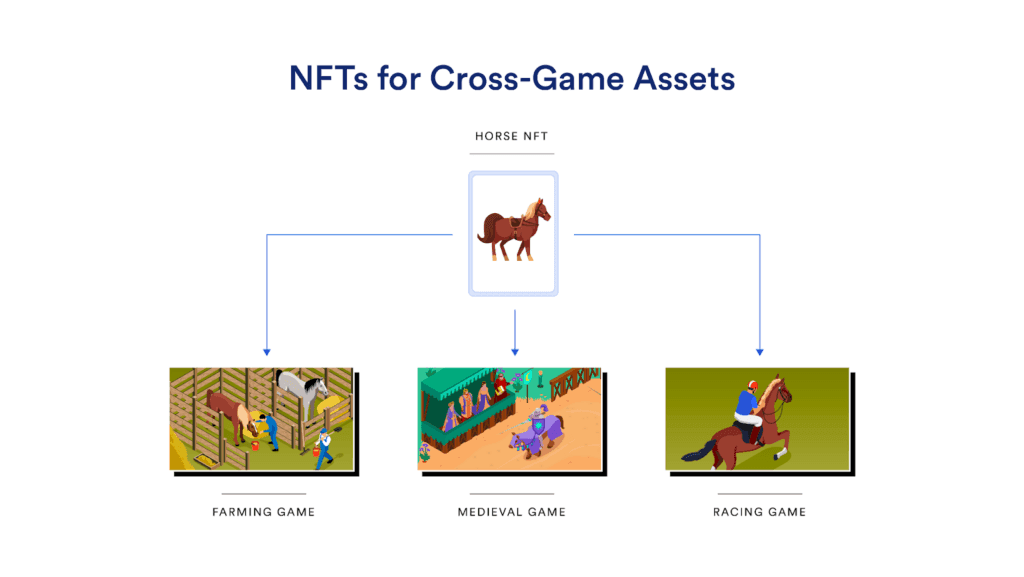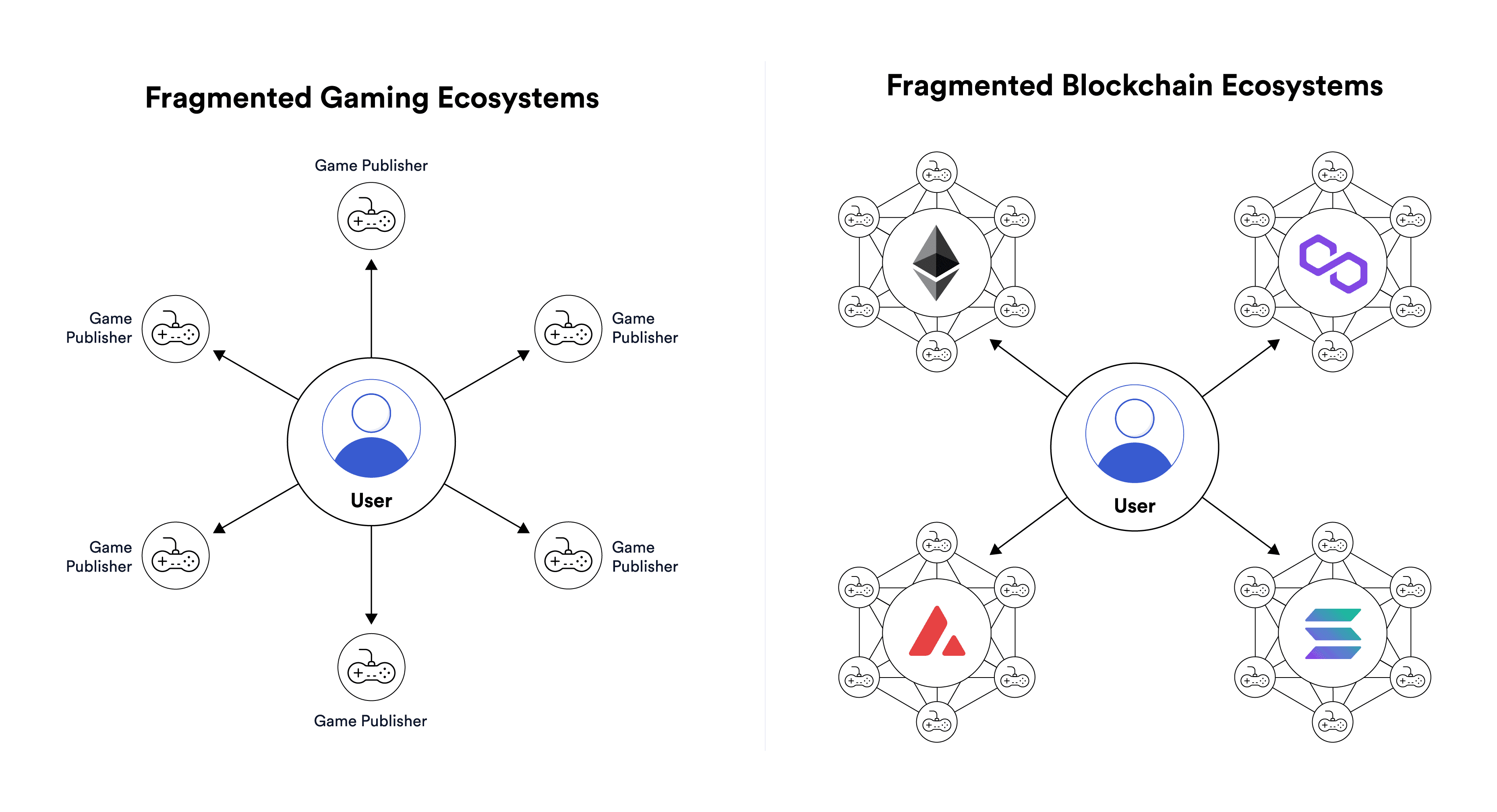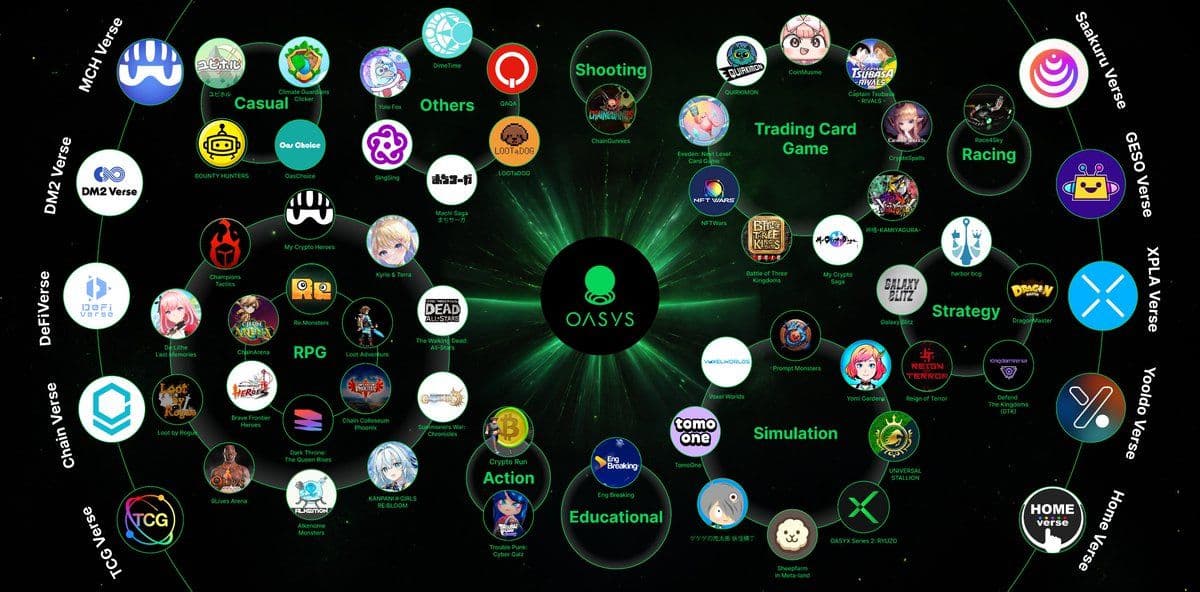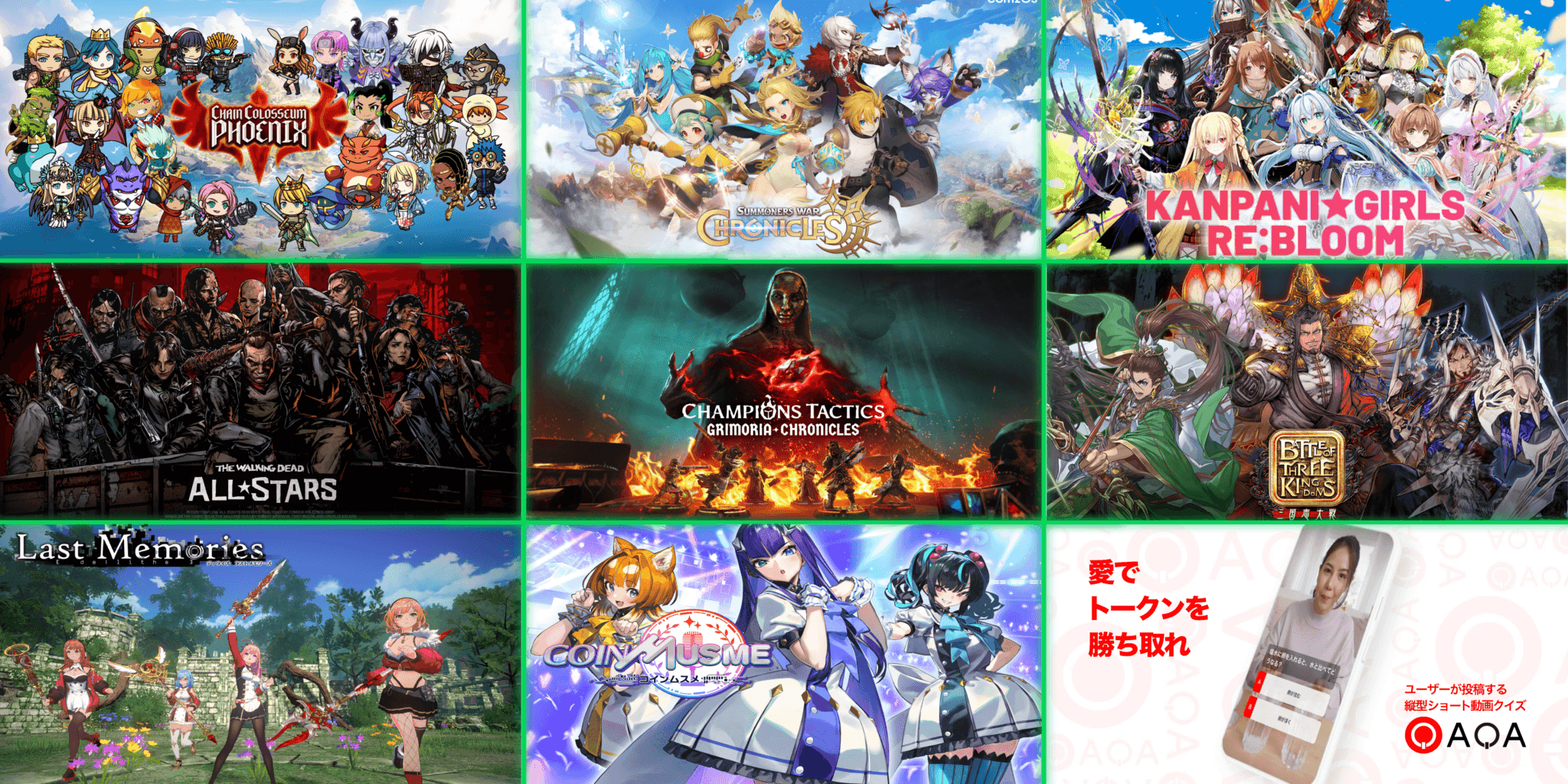As web3 technologies continue to evolve, the challenge is no longer limited to scalability. Today, the primary barrier to mainstream adoption is usability. Despite significant progress in infrastructure and performance, most web3 applications remain difficult to use for the average person. Wallet installations, gas fees, technical jargon, and fragmented onboarding processes often create friction.
While the technology promises new forms of ownership and interaction, it frequently fails to deliver intuitive experiences. In contrast, the gaming industry has addressed similar challenges at scale over several decades. By examining how games have refined user experience, there are clear lessons to be applied to the design of web3 platforms.

Why Web3 Still Faces UX Challenges
How Gaming Prioritized the User
From early arcade machines to modern mobile games, the gaming industry has consistently placed the user at the center of design decisions. Games are built to be inviting, engaging, and easy to navigate, even for those unfamiliar with the mechanics. Onboarding is typically immediate, allowing users to start playing without reading manuals or configuring complex settings. This contrasts sharply with many web3 applications, where users must often create a wallet, understand seed phrases, and interact with smart contracts before they can explore a platform. In gaming, interaction comes first and learning follows through experience. This principle of instant onboarding has proven effective in encouraging participation across a wide demographic.
Another area where games excel is in providing clear feedback and structured reward systems. Whether through experience points, progress bars, or unlockable content, players receive constant reinforcement that their actions have value. This approach supports retention and helps establish habits. In many web3 applications, feedback mechanisms are either too abstract or rooted in financial speculation, which can limit emotional connection and long-term engagement. The clarity and consistency of gaming reward systems provide a model for more meaningful user interaction.
Games also introduce complexity in a gradual, manageable way. Early levels are designed to teach mechanics in context, allowing users to build confidence before encountering more advanced features. This model supports learning through use, rather than requiring a steep upfront investment in knowledge. In web3, users are often expected to understand complex financial or technical systems from the beginning, which can be discouraging. Applying the gaming model of scalable complexity could reduce barriers and encourage broader exploration of decentralized applications.
Emotional engagement is another strength of gaming. Players form connections with avatars, storylines, and achievements, which can enhance loyalty and a sense of ownership. While web3 often discusses digital ownership in technical terms, many applications fail to create emotional resonance. Without narrative or personalization, assets such as NFTs can feel detached from any meaningful context. Games show that emotional design is essential for building long-term user relationships.

Why Web3 Still Faces UX Challenges
Why Web3 Still Faces UX Challenges
Despite substantial investment in technology, most web3 applications still feel inaccessible to non-technical users. A common issue is the requirement to connect a wallet before any meaningful interaction can occur. This approach places a technical barrier at the very beginning of the user journey, asking for commitment before providing value. It’s a design pattern that discourages exploration.
Another persistent challenge is the exposure of backend mechanics to the user. Gas fees, network selection, and contract signing are technical processes that interrupt the flow of interaction. In consumer software, these elements are typically hidden to maintain a seamless experience. In web3, however, they remain highly visible, adding friction to every step.
The user journey in web3 is often fragmented. Navigating a decentralized application can involve switching between websites, approving wallet pop-ups, and using third-party bridges or dashboards. This lack of continuity makes the experience feel disjointed and confusing, especially for first-time users. A lack of cohesive flow can result in user drop-off and reduced engagement.
Finally, many web3 interfaces are functional but lack warmth or narrative. They deliver core features but do not build trust or emotional connection. Without context or story, users may find it difficult to relate to the platform or understand the significance of their actions. This contributes to the perception of web3 as a space for specialists rather than a broad audience.

Why Web3 Still Faces UX Challenges
Oasys: A UX-First Approach to Web3
Oasys is a blockchain designed with these usability challenges in mind. Developed by professionals from the gaming industry, the platform emphasizes user experience as a foundational principle. Rather than retrofitting a user interface onto an existing technical model, Oasys integrates UX into its architecture.
One example is the platform’s approach to transaction costs. Unlike most blockchains, Oasys removes gas fees entirely, reducing friction and allowing users to interact without needing to calculate costs or manage tokens. This simplification mirrors the seamless interactions users expect from games and other consumer applications.
Oasys also prioritizes speed. Transactions are confirmed with low latency, delivering responses in near real time. This responsiveness reflects the standards of interactive media, where delays disrupt engagement. By maintaining a consistent and fluid experience, Oasys aligns more closely with user expectations shaped by modern digital services.
The platform also lowers technical barriers through accessible tools. For instance, Yukichi.fun allows users to create tokens with a simple interface that requires no coding. The experience is designed to be intuitive and inviting, resembling a game rather than a development platform. This accessibility encourages experimentation and broadens participation.
Oasys benefits from the involvement of established gaming companies such as Bandai Namco and SEGA, whose experience in design and user interaction informs the platform’s development. Their participation ensures that UX is not an afterthought but a guiding principle, grounded in industry best practices.

Why Web3 Still Faces UX Challenges
Projects That Reflect Game-Inspired UX
Several projects built on Oasys illustrate how game-inspired design can enhance web3 usability. The TCG Store, for example, uses NFTs to represent physical trading cards in a digital wrapper. The process of opening packs and discovering new cards mimics familiar game mechanics, making the experience both understandable and enjoyable.
Yukichi.fun applies playful design to token creation. By removing technical complexity and adopting a light, approachable tone, the platform transforms a potentially intimidating process into something engaging and simple.
Kai: Battle of Three Kingdoms integrates blockchain elements without disrupting gameplay. Users do not need to understand smart contracts or tokenomics to enjoy the game, but those who do can find additional value. This invisible integration is an effective model for embedding web3 functionality into traditional digital experiences.

Why Web3 Still Faces UX Challenges
The Path Forward for Web3 Adoption
As web3 moves beyond the early phases of speculation and infrastructure building, the next stage of growth will depend on usability. People are more likely to adopt technologies that are intuitive, responsive, and emotionally engaging. Chains that focus solely on performance or scalability risk becoming tools for specialists, while those that prioritize user experience can reach a wider audience.
Oasys represents this shift in priorities. By adopting design principles from gaming and applying them to blockchain infrastructure, it creates a model for how web3 can become more accessible and appealing. Its focus on seamless interaction, emotional engagement, and simplicity positions it as a platform aligned with the needs of everyday users.
In the future, digital ownership and decentralized systems will likely play a larger role in how people interact online. For that to happen, the platforms enabling these interactions must be designed with care, clarity, and empathy. Oasys offers a working example of how that future can be built.


